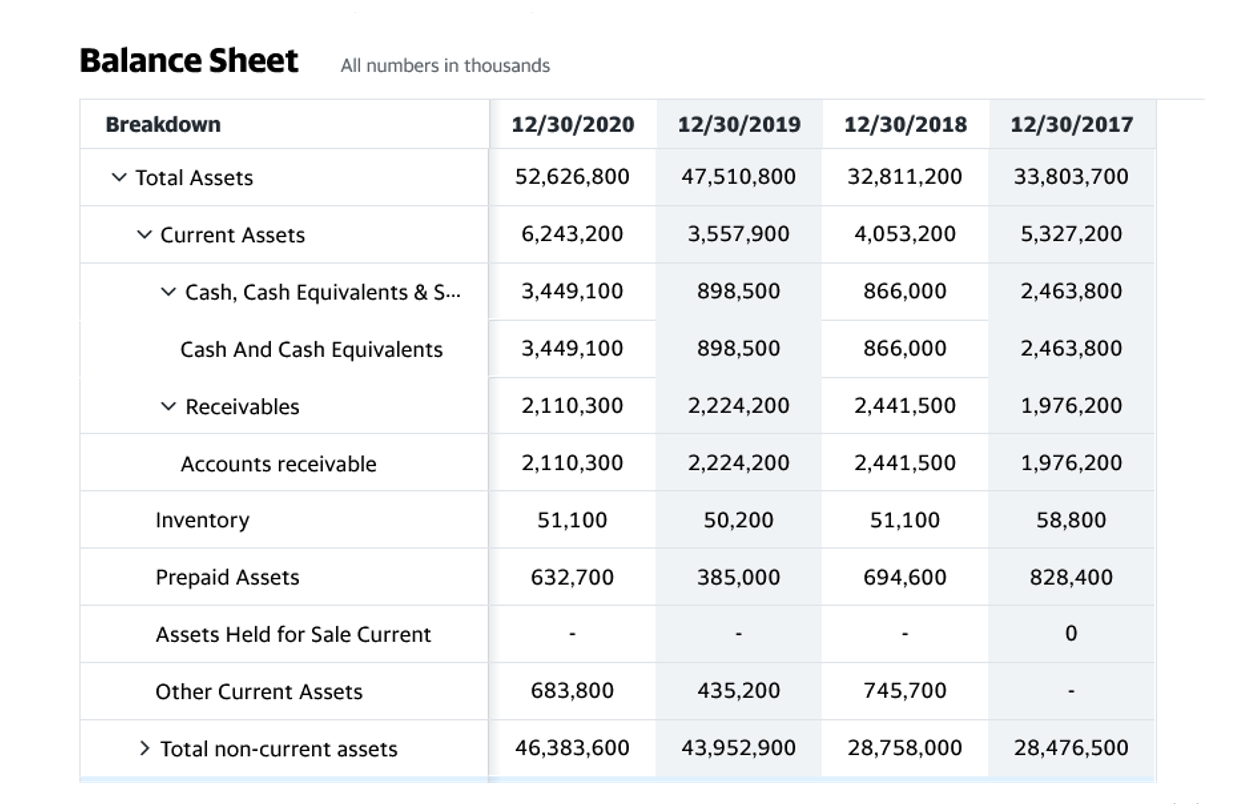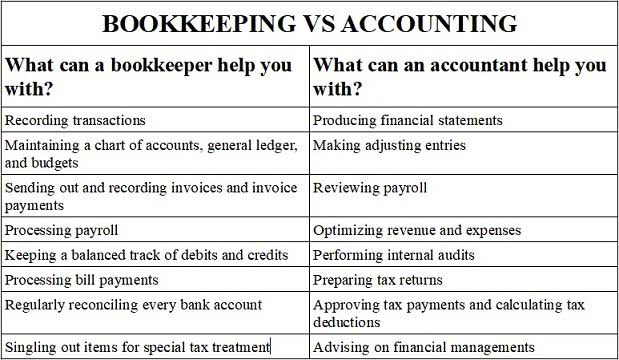
Net sales is the gross amount of Sales minus Sales Returns and Allowances, and Sales Discounts for the time interval indicated on the income statement. It is estimated by the reconciliation of book-value per share from the commencement of the time period to the closing stages of that period. This is abstractly the same as measuring the growth of a child by finding the difference between his heights on every birthday. All other line items are estimated, and the equation is then solved for comprehensive income. The second section of the SCF reports 1) the cash outflows that were used to acquire noncurrent assets, and 2) the cash inflows received from the sale of noncurrent assets. Reduce the income tax from the pre-tax income to arrive at your company’s net income.
Investors’ analysis method
It not only explains the cost of sales, which is connected to the operational activities, but it also covers additional expenditures that are not related to the operational activities, such as taxes. Similarly, the income statement records various sources of money that are unrelated to a company’s primary operations. The amount of net income for the period is added to retained earnings, while the amount of other comprehensive income is added to accumulated other comprehensive income. Retained earnings and accumulated other comprehensive income are reported on separate lines within stockholders’ equity on the end-of-the-period balance sheet. The positive net income reported on the income statement also causes an increase in the corporation’s retained earnings (a component of stockholders’ equity).

Comprehensive Income: a Definition and Examples

By adding other comprehensive with your net from your normal income statement, you will get your company’s comprehensive income. It’s an all-encompassing measure of a company’s changes in equity during a specific period, resulting from non-owner transactions. A common example of OCI is a portfolio of bonds that have not yet matured and consequently haven’t been redeemed. Gains or losses from the changing value of the bonds cannot be fully determined until the time of their sale; the interim adjustments are thus recognized in other comprehensive income. Like IFRS, US GAAP requires companies to report comprehensive income in a statement that is separate from the traditional income statement. This statement is called the statement of comprehensive income under IFRS, and the statement of comprehensive income or statement of other comprehensive income under US GAAP.

Advantages of the Statement of Comprehensive Income
- The amount of net income for the period is added to retained earnings, while the amount of other comprehensive income is added to accumulated other comprehensive income.
- The statement of comprehensive income gives company management and investors a fuller, more accurate idea of income.
- This transaction is recognized at the acquisition price on Firm A’s balance sheet and is carried forward until the stock is sold.
- ‘Comprehensive income’ and ‘other comprehensive income’ are two components of the income statement that can have a material effect on the profitability of a company.
The income statement will reflect operational patterns from year to year, but it will not suggest the likelihood or timing of major other comprehensive income items being recorded in the income statement. ‘Comprehensive income’ and ‘other comprehensive income’ are two components of the income statement that can have a material effect on the profitability of a company. It is therefore very important to understand the difference between these two items and the impact they may have on financial ratio analysis. The statement of comprehensive income displays both net income details and statement of comprehensive income other comprehensive income details. It is appreciated for its more comprehensive view of a company’s profitability picture for a particular period. The net gets moved into a company’s statement of comprehensive income where adjustments are made for non-owner activities.
Real-Life Examples for Comprehensive Income
This is defined as the amount of cash from operating activities minus the amount of cash required for capital expenditures. Some people also subtract the corporation’s cash dividends when the dividends are viewed as a necessity. Even though the income statement is a standard tool ledger account for measuring a company’s financial health, it falls short in key areas. The income statement includes both current earnings from sales and accounts receivables that have yet to be paid to the company. The income statement is one of the most essential parts of the statement of comprehensive income.

This is important because the corporation’s gross profit amount must be sufficient to cover its selling, general and administrative (SG&A) expenses and to provide a sufficient amount of net income. When Richard examines the statement, he can see immediately his company’s revenue and expenses, and Food Truck Accounting net income. What he can’t see on the income statement is any information about the company’s purchase of the 5,000 shares and how that investment is working out for the company. Without that information, Richard cannot do a proper financial analysis.
- You’ll need to prepare a performance statement with other financial statements to figure out how much revenue your company has made.
- The cash outflows are the cash amounts that were used and/or have an unfavorable effect on a corporation’s cash balance.
- By adding other comprehensive with your net from your normal income statement, you will get your company’s comprehensive income.
- Under the accrual method of accounting, revenues are reported on the income statement in the accounting period in which they are earned (and there is a reasonable assurance that the amounts will be collected).
The net income section provides information derived from the income statement about a company’s total revenues and expenses. A company’s income statement details revenues and expenses, including taxes and interest. However, net income only recognizes earned income and incurred expenses. Income excluded from the income statement is reported under “accumulated other comprehensive income” of the shareholders’ equity section. The historical cost principle means that most of the expenses reported on the income statement are the actual costs from past transactions.

There are no comments